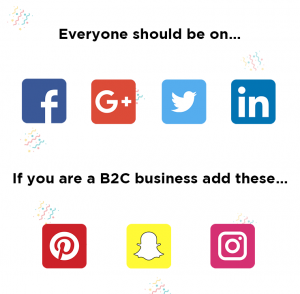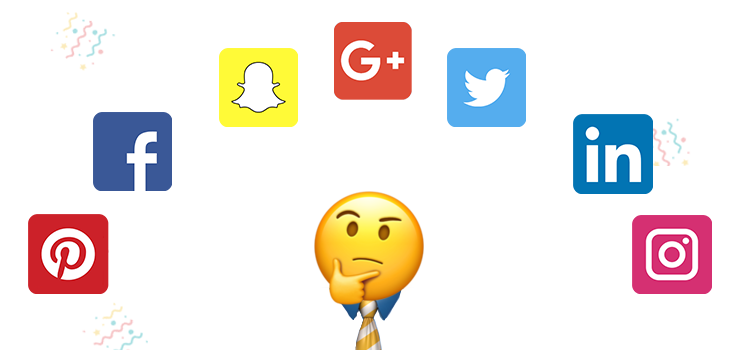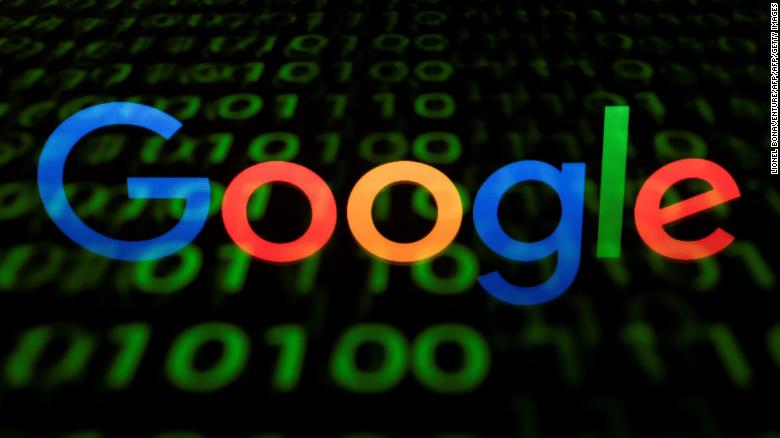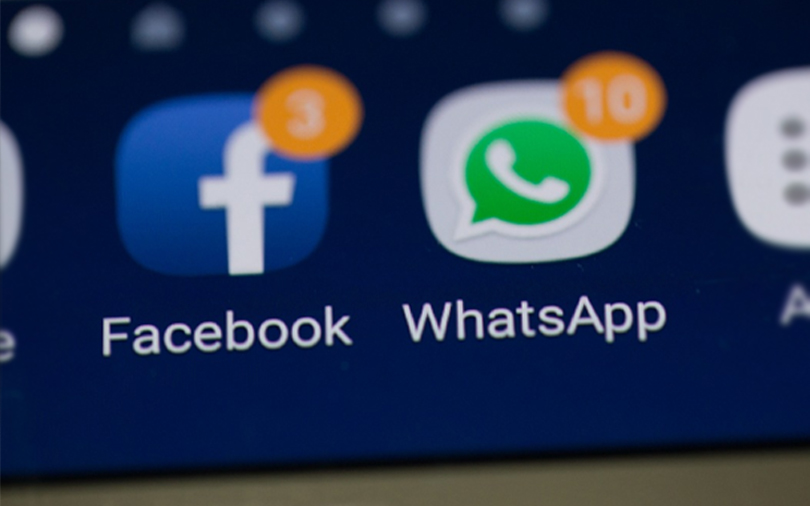When it comes to social selling, it’s important to understand not only your customers, but the social channels that you speak to them on.
Not everyone has command over their social audience’s and that’s ok! *whispers* It’s really difficult! *whispers*, so that’s why it’s important to understand more about the networks themselves, and the kind of cool content their users expect to see from you.
So let’s take a look at the networks…
Facebook
What is it?
Facebook is the biggest Social network in the world. An incredible 2 BILLION people log into their Facebook every single month to scroll through their never ending stream. That’s more than the combined population of the US and China combined… soak that in for a second.
Benefits?
With it’s incredible user base, there is an audience for almost any business on Facebook, and thanks to their suite of great tools such as Facebook Ads, Business pages and Facebook Messenger, it is probably the most powerful business solution in the social media world.
What content works?
With the emergence of Facebook Live in the last 12 months and Facebook’s superb video queue on mobile, they understand that their users love a video, so maybe that’s something to consider on your next social campaign, dust off that front-facing camera and broadcast to your people!
Google +
What is it?
Google’s own addition to the social networking world, Google+ has had a somewhat difficult time since it was introduced in 2011. Despite this, it didn’t fail in putting fear into Facebook CEO Mark Zuckerberg on it’s launch, forcing him to put Facebook on lockdown while he worked out how to improve his own network.
Benefits?
Tied into the most used search engine in the world. That should be enough for any business to know that they should be on Google+, despite no official word from Google, it’s widely believed that a strong presence on their social network does favorably effect organic results in their own search engine.
What content works?
Anything and everything. Google+ welcomes all sorts of content, with native support for another of Google’s products, Youtube, video is popular. However, gifs and images are also hugely popular.
What is it?
Twitter is the place to be for those with a lot to say, but ironically not enough characters to say it. Famous for it’s 140 character limit, and inventor of the Hashtag (#) it was the second huge social network to emerge after the launch of Facebook.
Benefits?
Twitter allows you superb access to your customers, and a platform to enhance your brand reputation. The number one choice for social media based customer support, it’s short hand format allows quick responses to customers queries allowing businesses to keep on top of any issues that may arise.
What content works?
Twitter is a place that loves to share stuff. Stuff such as articles, videos, photos, links and of course the internet’s darling, GIFs. It’s easy to see why people love them so much…
LinkedIn
What is it?
You might be fooled into thinking that Linkedin is purely a social job board, and to some extent it can be the best shop window for acquiring new talent. However, for a business it can also be a key network for brand alignment and business development.
Benefits?
Linkedin has recently launched some superb tools aimed directly at business users. Linkedin Sales navigator is a great way to curate and qualify potential business leads, allowing you to reach out and make connections that last.
What content works?
Use Linkedin a little more conservatively than you would other networks. Share engaging articles that talk about your brand and the world of business in a way that would appeal to a professional. So yes, i’m sorry… avoid gifs, and long videos (save them for Twitter and Facebook).
Instagram
What is it?
Instagram is the worlds second biggest social network in terms of active users. The first real mobile only social network, Instagram started as a mobile app built for sharing mobile photography with the world. A way of documenting your life through a lens, it quickly got snapped up (excuse the pun) by Facebook and in recent years that influence has begun to show, with the introduction of video and live streaming into the platform.
Benefits?
Since it’s introduction of live streaming and storied video entries, Instagram has become much more powerful for businesses. If you have a visual product-based brand then social selling on Instagram is a must, if you don’t however then it’s the perfect tool for sharing your brand story and your company’s culture.
What content works?
Photo’s and videos. That’s all you need to be good at Instagram. Oh and don’t forget your hashtags.
Pinterest
What is it?
Essentially an online mood board, Pinterest allows you to collate visual elements online that you can then share with a client, or team.
Benefits?
A huge hit in the DIY, beauty, health, food, travel & design industries Pinterest is the perfect way to source ideas for upcoming projects, share those with clients and your team as part of a project’s scope. Pinterest is more of an internal tool for your business than anything public facing.
What content works?
Photography, product images, infographic. Anything that is visual and that can tell a story is perfect for your Pinterest board.
Snapchat
What is it?
Probably the scariest network for anyone who is considering getting their brand on social, but it need not be. Snapchat was one of the originators in live video streaming, and time restricted image sharing… they also invented the daily story collated from your posts (which Facebook, Instagram, Whatsapp and Skype have all since ‘adopted’).
Benefits?
If you are a visual based company with a younger demographic then Snapchat could be ideal. You are able to share an insight into your brand and culture that can resonate with young people and form strong brand alliance. It’s this foundation on which you can mount some very strong social selling campaigns elsewhere due to the huge crossover between Snapchat’s user base and other major networks.
What content works?
Anything that you can take through you camera! Video and Photo’s are all you need on Snapchat, but of course they wouldn’t be complete without one of their many wacky augmented reality filters…
Swift Summary
To make things simple, we have created the following graphic to best help you understand what works on which social network, and which ones you should be focusing on for your business.

Credit: Medium









